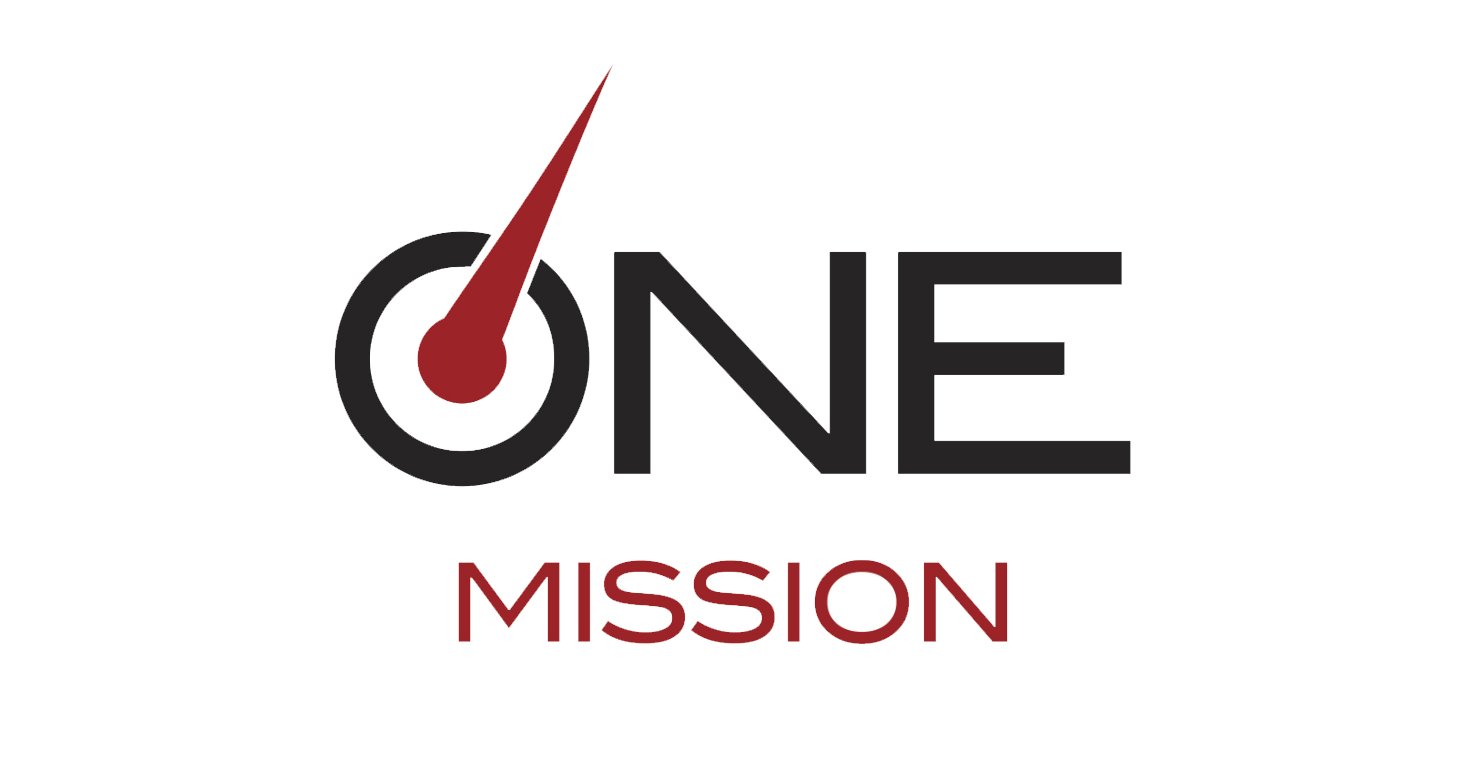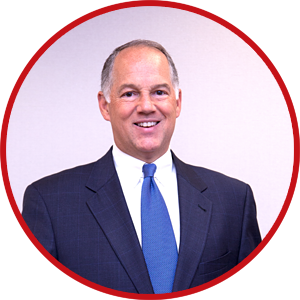 Your company has a mission.
Your company has a mission.
Otherwise, you should not exist.
As best as I can determine, the term “mission statement” first appeared in an obscure U.S. Department of Commerce document published in 1960. Since then, it has become conventional wisdom to suggest that companies should have One.
While every company has a mission, our research revealed that many—but certainly not all—companies have mission statements.
Crafting a corporate mission statement can be an excruciating process.
In 1983, Bain and Company, the management consulting firm, embarked on the process of crafting a mission statement. The senior partners of the firm spent five days holed up in a cabin in New Hampshire. They agonized over every word and ultimately crafted this statement:
“We help our clients create such high levels of value that together we set new standards of excellence in our respective industries.”
Bill Bain, their founder and CEO, described it this way, “This is the combination of those things that we already do when we are at our best and those things that we need to do to be at our best more often.”
While most of the mission statements we reviewed were vanilla and uninspiring, a well-crafted One—like Bain’s—can help companies create alignment.
This week, we will look at how fast-lane companies addressed this issue. Amazon’s mission is internally focused and articulates what they aspire to become. Tesla’s mission is externally focused and describes what they aspire to do.
To me, aspirations are visions, not missions, but who am I to argue with Jeff Bezos and Elon Musk?
Next, we will look at Medtronic. They have been guided by their mission for sixty years!
Finally, we will explore One.org and learn how companies can make their mission more inspiring.
Of course, it is not enough to have One Mission; you must use your mission to guide both big strategic decisions and everyday tactics. You must align everyone—and everything—with it. You must prune things that are not aligned with your mission.
NOTE: These stories are excerpted from my book, Drive One Direction.

